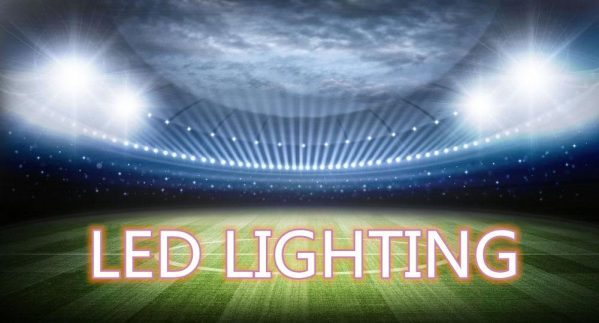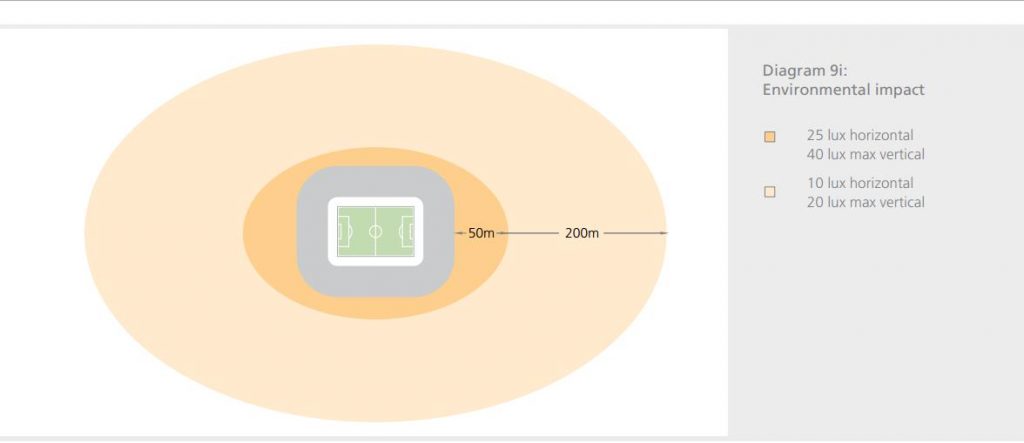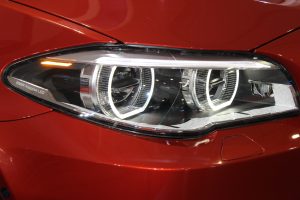What is Light Pollution
The Definition of Light Pollution
The phenomenon that excessive light radiation causes adverse effects on human production and living environment is called light pollution.
Classification of light pollution
Light pollution includes pollution caused by visible light, infrared and ultraviolet
–Visible light pollution. Visible light pollution is more common in glare, such as the headlights used to illuminate cars at night. Visible light is more harmful to the strong flash of nuclear weapons when it explodes, which can damage the eyes of people within a few kilometers. The laser spectrum belongs to the visible light part, which has a great harm to human eyes.
–Infrared pollution. Infrared rays are a type of thermal radiation. Stronger infrared rays can cause skin damage. Infrared rays of different wavelengths can cause different damage to the eyes.
–UV pollution. Ultraviolet rays mainly damage the cornea and skin of the human body. The ultraviolet rays that cause corneal damage are mainly the wavelength of 2500-3050nm, of which 2880nm has the strongest effect. The harmful effects of ultraviolet rays on the skin are mainly caused by erythema and small blisters. In severe cases, the epidermis will be necrotic and peeling.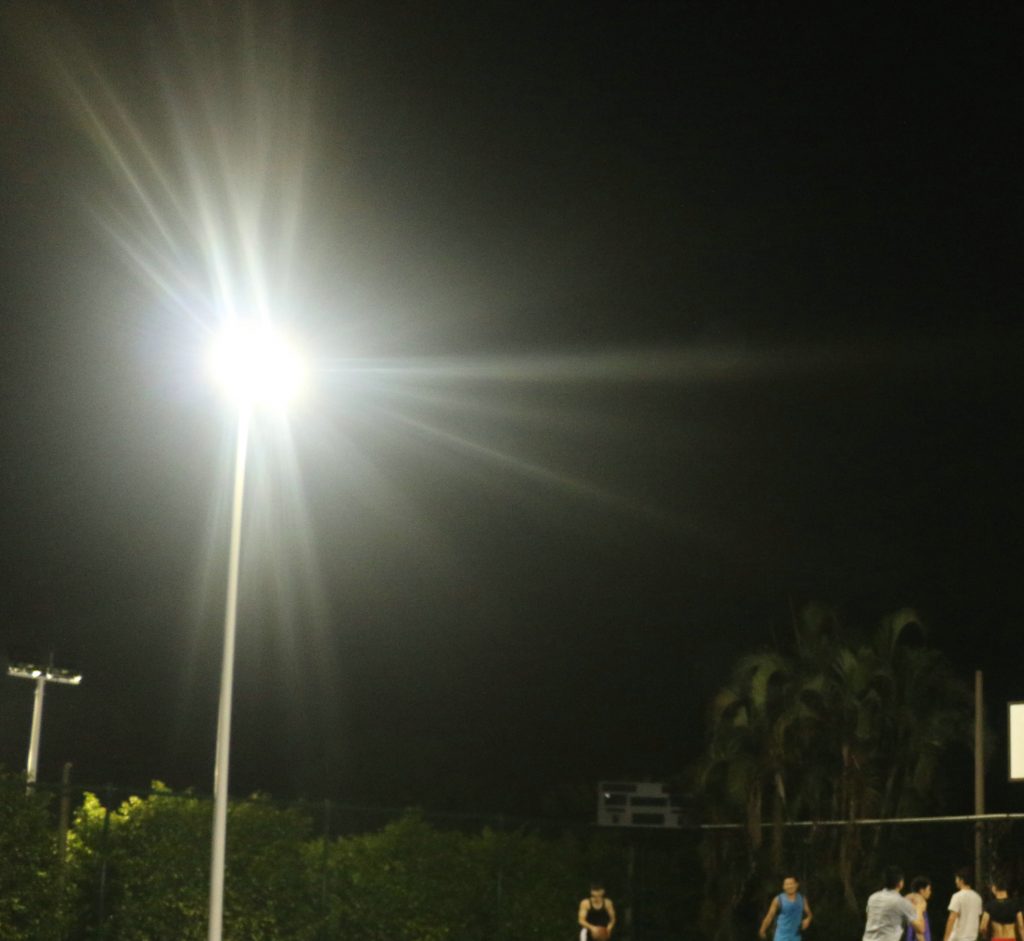
Causes of light pollution
The cause of light pollution lies in white light pollution, artificial daylight pollution and colored light pollution caused by human activities. Specifically, light pollution has the following sources:
- When the sunlight is strong, the glass curtain walls, glazed brick walls, polished marble and various paints of buildings in the city reflect the light, bright and bright, dazzling, and will cause visual fatigue for a long time.
- After nightfall, the advertising lights and neon lights on shopping malls and hotels were dazzling and dazzling. Some strong beams even go straight into the sky, making the night the same as the day, so-called artificial day. In such a “nightless city”, the excessive light source caused by the light invasion affects the daily rest of others, makes it difficult to fall asleep at night, disturbs the body’s normal biological clock, and causes inefficient work during the day. Excessive lighting wastes the meaningless use of energy. The energy wasted by the United States every day due to “over-illumination” is equivalent to 2 million barrels of oil. Artificial daylight also damages the ecological environment, such as harming birds and insects, and strong light may destroy the normal reproduction process of insects at night.
- Driving a high beam light on a well-lit city street will cause the pedestrians or drivers on the opposite side to temporarily “visually lose” and cause a traffic accident. Moreover, in the case of improper protection, this glare can also damage people’s eyesight. With the rapid growth of the number of cars, a xenon lamp technology that can greatly improve the brightness of driving lighting is widely used in automotive lighting. However, this advanced lighting technology has repeatedly become the killer of road light pollution, causing hidden dangers to road traffic safety. The national standard GB4599-94 “Automobile front lighting light distribution performance” requires that the vehicle’s “bright and high beam brightness is not dazzling”, but in actual operation, the “not dazzling” standard is difficult to grasp.
●Colored light pollution
Black lights, rotating lights, fluorescent lights and flashing colored light sources installed in ballrooms and nightclubs constitute colored light pollution. According to measurements, the intensity of ultraviolet light produced by black light lamps is much higher than that of sunlight, and the harmful effects on human bodies last for a long time. Long-term exposure to this kind of radiation can induce nosebleeds, tooth loss, cataracts, and even lead to leukemia and other cancers. The color light source is dazzling, which is not only harmful to the eyes, but also interferes with the central nervous system of the brain, making people feel dizzy, nausea, vomiting, insomnia and other symptoms. If people are exposed to colored lights for a long time, their psychological accumulation effect will also cause physical and mental illnesses such as burnout, dizziness, and neurasthenia to varying degrees.In addition, some scholars also divided light pollution into “outdoor visual environment pollution”, “indoor visual environment pollution” and “local visual environment pollution” according to the size of the scope of light pollution. Among them, outdoor visual environmental pollution includes building exterior walls, outdoor lighting, etc.; indoor visual environmental pollution includes indoor decoration, indoor poor light color environment, etc.; local visual environmental pollution includes book paper and certain industrial products.
Extended data
Global light pollution area grows year by year
A recent study published in the “Science Progress” magazine shows that global light pollution is continuing to deteriorate-satellite observation data from 2012 to 2016 each year shows that the area of artificial lighting is increasing by 2.2% year by year.
The researchers scanned the night sky photos to see how much artificial light there is in the night sky around the world, and how the brightness changes over time. The data shows that most of the increase in artificial lighting area comes from developing countries. At the beginning of the city’s rise, it was understandable that countries with booming industries needed additional outdoor lighting.
However, artificial lighting conditions in developed countries such as the United States appear to be more stable on satellite images. This is because the satellites used in the study can only “pick up” the red, orange, and yellow light of the old bulb, while the blue light of the light-emitting diode (LED) will not be displayed in the image.
LED light sources are more efficient and last longer than old light sources. Many cities and homes have begun to switch to this light source to reduce expenses and protect the environment. Images collected by the International Space Station show that the city has changed from the past yellow to blue, and at the same time, the expansion of the city is pushing these bright borders to more distant places.
Although light pollution is not as deadly as air pollution, it can still damage health. Time biology experts are studying the impact of sleep and wake cycles on health. Artificial light, especially blue artificial light, can easily trigger wakefulness when people are going to sleep. Excessive exposure to night light has been linked to cancer and obesity.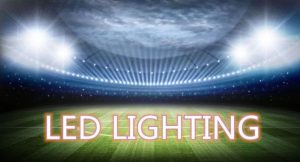
Impact of Stadium Light Pollution on the Environment
Light pollution and harmful light intrusion are divided into two categories: overflow lighting, that is, measurable light leaving the stadium; and glare, for pedestrians and motorists outside the stadium, the brightness is too high in the normal field of view. This impact on local communities is critical to the safety, dark sky experience and well-being of the countries and cities they serve. Every effort must be made to limit watering and glare inside and outside the stadium. The new design specifications should include sharp cut-off reflectors and high-efficiency reflectors for
TV broadcast event.
The leakage lighting leaving the stadium can be calculated and measured. These values are expressed as horizontal illuminance values and maximum vertical illuminance.
In the absence of local guidelines, the following schedule should be considered:
| Angle of illumination | Distance from stadium perimeter | |
| Horizontal spill | 50m from stadium perimeter | 25 lux |
| Horizontal spill | 200m further | 10 lux |
| Maximum vertical | 50m from stadium perimeter | 40 lux |
| Maximum vertical | 200m from stadium perimeter | 20 lux |
Glossary of lighting terms
Colour rendering index: Ra -The degree to which a specific light source reproduces a set of reference colours compared with the same colours under daylight conditions. This index is measured on a scale of Ra0 to Ra100.
Colour temperature: Tk – The colour appearance of the light emitted by a light source, in kelvins.
Eye sensitivity curve: V(a) -The human eye is more sensitive to some colours than to others, e.g. it is 20 times more sensitive to green and yellow light than to either red or blue light.
Field camera vertical: Efieldv –Illuminance on a plane 1m above the pitch and parallel with the pitch aimed towards the sideline.
Fixed camera vertical: Efv- Illuminance on a plane 1m above the pitch and 20º above the horizon aimed towards the camera positions.
Glare rating –The degree to which a lighting installation is disturbing to a person on or near the pitch. GR is defined by the Commission Internationale de l’Eclairage in publication 112, 1994, Glare Evaluation System for use within Outdoor Sports and Area Lighting.
Horizontal illuminance: Eh/Eh ave -Light incident (falling) on a horizontal plane 1m above the pitch.
Illuminance: E –The quantity of light falling (incident) on a surface at a specific point, expressed in lux.
Illumination: E ave -Average horizontal illuminance as a result of either calculation or measurement.
Illuminance gradient % — The difference in illuminance between two adjacent points on the pitch.
Illuminance towards camera: E cam -Illuminance on a plane 1m above the pitch and perpendicular to the camera position.
Illuminance uniformity –Describes how evenly light is distributed over the pitch surface and is expressed by the ratios of U1 and U2.
Initial illuminance: E init –The illuminance after the first 100 hours of use.
Initial lumens –The output of a light source (lamp) after the first 100 hours of use.
On the whole, light pollution causes energy waste and damages people’s physical and mental health. And, excessive light pollution will seriously damage the ecological environment, and will also have a negative impact on traffic safety and aerospace scientific research. Before making effective adjustments, we must pay attention to replacing similar sources of pollution.

